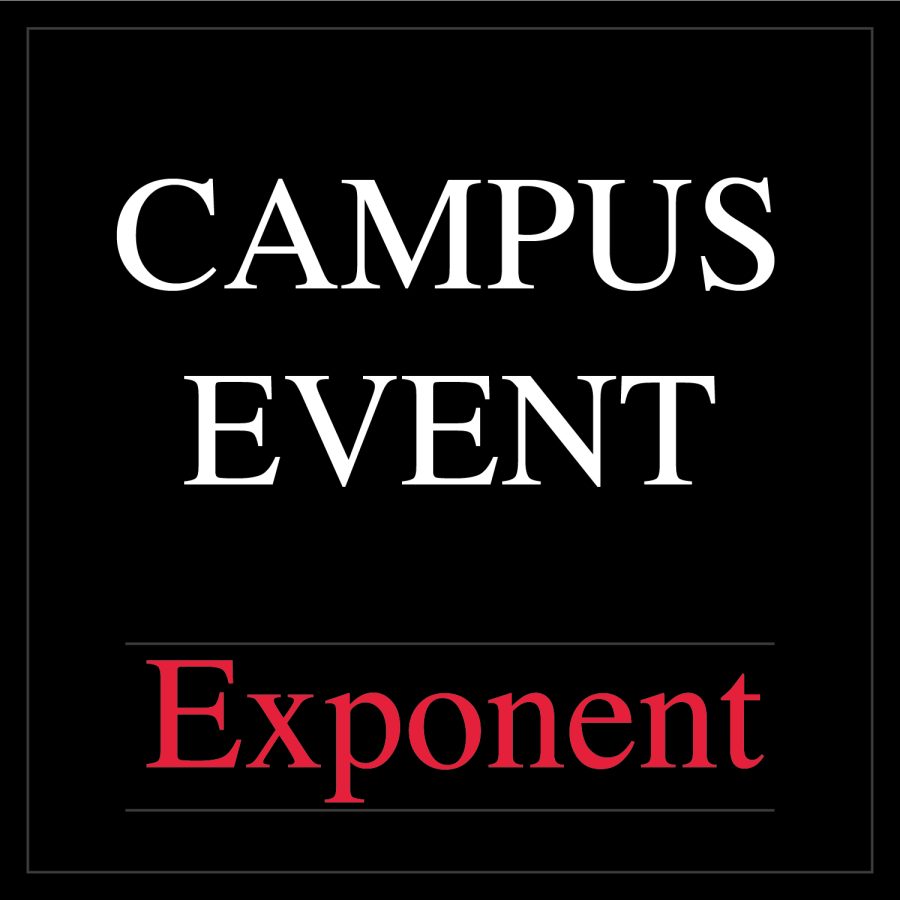Germanic Mythology’s History
Dr. Madelon Köhler-Busch, Associate Professor of German, gave a guest lecture to the History Club at UW-Platteville on Tuesday, March 14.
Dr. Köhler-Busch began by discussing the apocalypse: “Words and concepts have connotations and denotations,” and explained that context is hard to obtain when cultures go extinct, and that every person holds connotations in a different way.
Dr. Köhler-Busch then asked the audience what the apocalypse meant to them. Answers varied, but a few voiced the “end of the world,” and “destruction.” Dr. Kohler-Busch praised these answers, and highlighted that they were nothing positive, which comes from Christian ideals and traditions.
Then, she played “Ride of the Valkyries” by Richard Wagner. She explained that Valkyries are not destructive beings, but that they make sure warriors who die in battle have an ongoing life past death.
Dr. Köhler-Busch further opened the conversation of fairy tales and explained that mythology and fairy tales are everywhere, though we in the United States are more familiar with the European versions, specifically those from Keltis Europa (Celtic Europe).
It is only in relatively recent history that fairy tales were written down. Before they were transcribed, they were spoken in oral tradition. Celtic oral tradition created the tales of King Arthur and the Round Table and was the site for fairies and other magical beings.
Dr. Köhler-Busch moved the lecture onto the Roman empire and explained that one may notice that the mythology of Greek and Roman gods may overlap with other fairy tales, due in part to the migration of Germanic people. As Germanic people were migrating, they began writing down their oral stories, which resulted in multiple versions of every story, though the basics of each story stayed the same.
The lecture looped back around to the discussion of the apocalypse, where Dr. Köhler- Busch told the audience that the giants of mythology and fairy tales will start Ragnarok, which is attributed as the end of the world. Though, she assured everyone, after the fires of Ragnarok, the world will be cleansed during the great flood and will be reborn.
She transitioned this conversation to the movie “Apocalypse Now,” and played a movie clip to show the juxtaposition of the destructive connotations of Ragnarok with the traditional revival following it.
In the movie clip, the audience saw Wagner’s “Ride of the Valkyries” paired with a slaughter of innocent civilians. Dr. Köhler-Busch went on to explain that the piece does not align with the movie, because the just duty of the Valkyrie does not align with the destruction caused by the American military.
From here, Dr. Köhler-Busch opened up the floor for questions, and a viewer asked why fairy tales are important to history. Dr. Köhler-Busch explained that fairy tales allow society to break down intricate and confusing life questions and see human traits to know that they do not walk alone. The stories of mythology and fairytales are not just for children, they are made for everyone who is feeling discouraged to know that even though life is hard, it can eventually get better.
After the lecture ended, History Club’s president, Reece Pockat, said that it was interesting to see how Germanic stories connect to European myths. As the mythology series continues, he hopes to see how more fairy tales connect through stories throughout the world.




